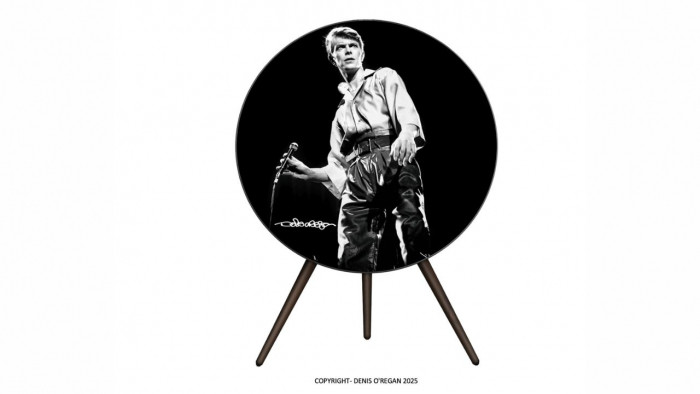A cursory glance around the inner reaches of the internet reveals a multitude of reinterpretations of Harry Beck’s iconic London tube map.
From artist David Shrigley tangling the assorted lines into one vivid (and realistic) mess to the map’s colourful use on a pair of boxer shorts, Beck’s masterpiece is the graphic gift that keeps on giving.
And yet, we reckon we’ve just stumbled upon the most ingenious use of Beck’s enduring design. Japanese designer Yuri Suzuki has placed the map within the workings of a printed circuit board to explain how electricity operates, via powering up a radio.
The simple and effective design forms part of Suzuki’s contribution to his stint as an artist in residence at London’s Design Museum.
According to Suzuki, his imagination was fired by the convoluted workings of today’s consumer electronics.
“Appliances such as transistor radios and toasters used to be easy for the user to take apart and repair,” he explained to us. “Today, products such as iPods have sleek, impenetrable skins and nanocomponents too small for the human hand to fix. It is difficult for consumers to understand the complexity of the workings behind the exterior.”
He continued: “In the tube map radio I positioned electronic components to reflect their function in London. For example speaker volume for Speakers’ Corner, power battery for Battersea Power Station and so on.”
The effect is meant to demonstrate that electricity is less complicated than one might otherwise imagine – “That if you replace it with something you are familiar with it will be simpler to understand.”
The Designers In Residence programme runs at the Design Museum until January next year.
Images: Hitomi Kai Yoda













